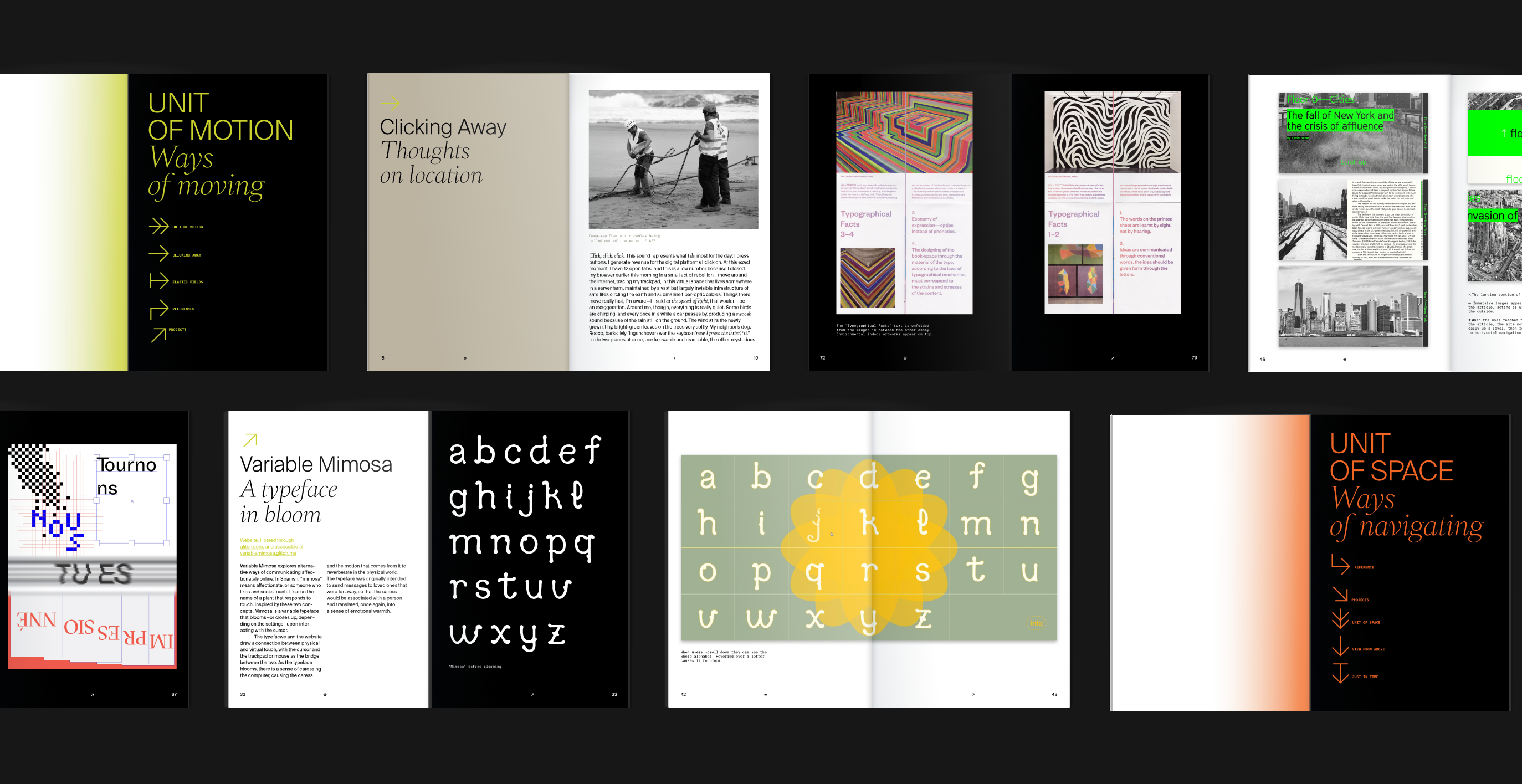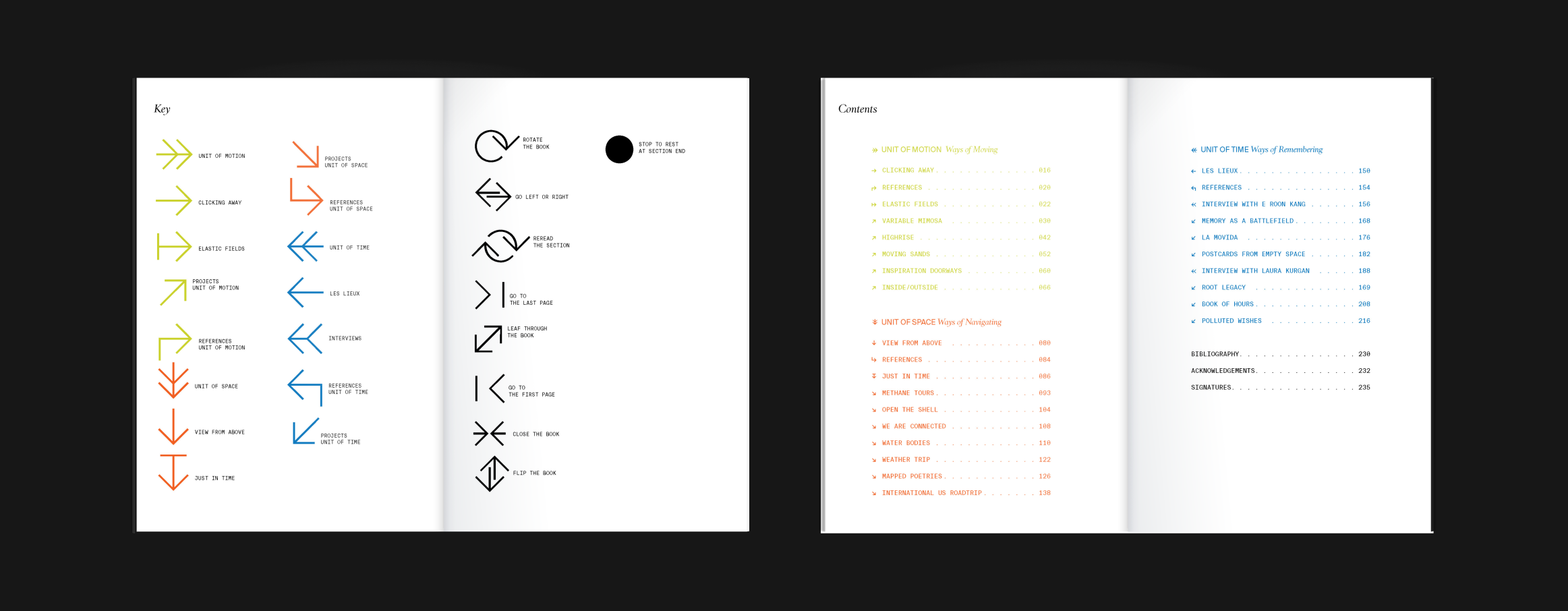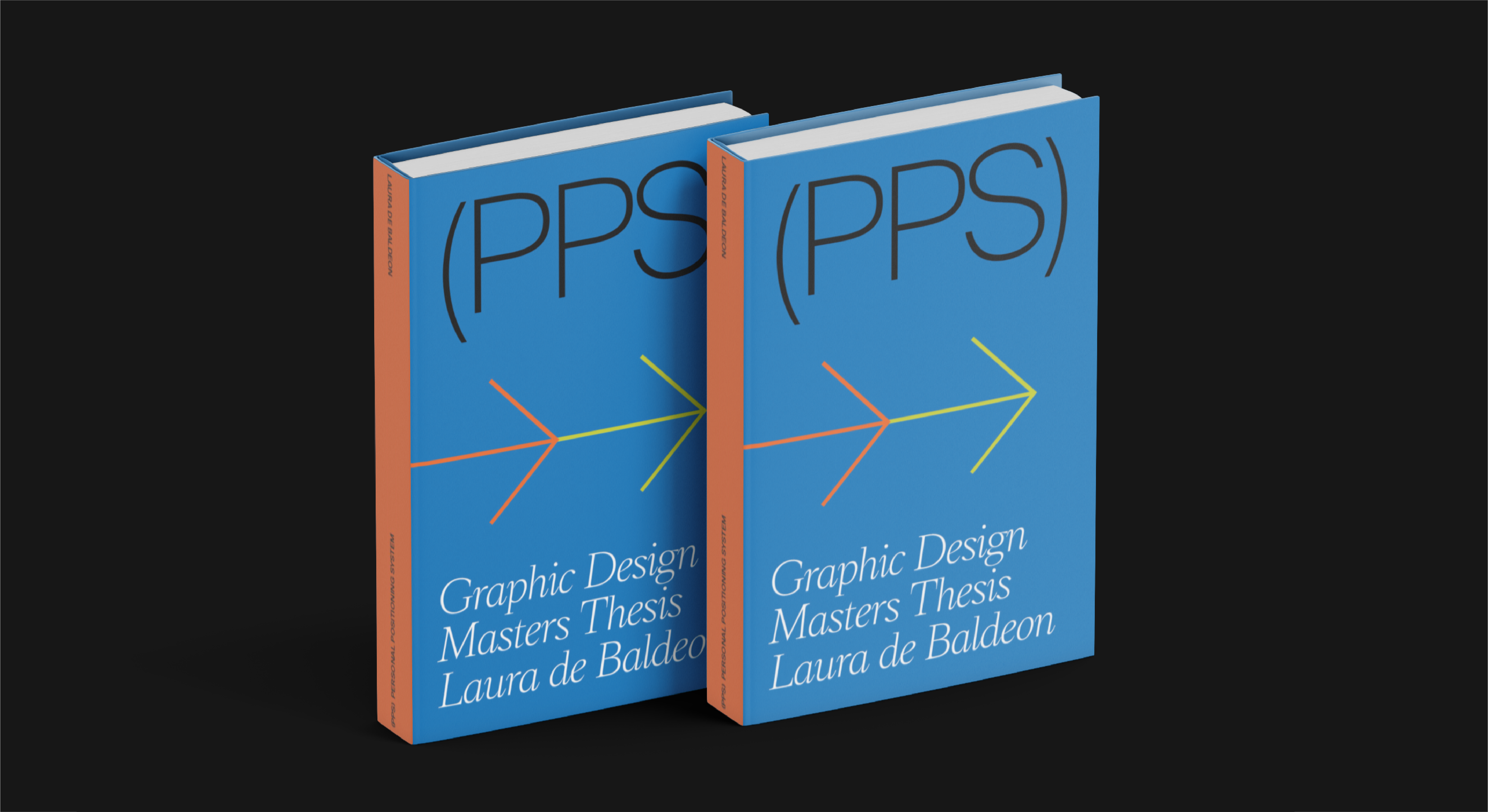Personal Positioning System (PPS) is an exploration of spatial memory in an unstable world. While the GPS (Global Positioning System) combines many different data points to provide us with an apparently stable representation of our position, a longitude and latitude in the earth’s grid, PPS offers alternative forms of mapping based on a more flexible: memory. PPS scatters rather than unifies, off-shooting in different directions, overlaying the intimate on corporate territory, chasing the shifting flow of geographical information. It conceives of design as a spatial practice, a virtual grid representing changing cognitive maps.

PPS charts the territory of my work through three flexible units: the unit of motion, the unit of space and the unit of time. Measurement is both structural and conceptual: it partitions but it also shapes, serving as a pillar of understanding. Throughout history, units of measurement have been used to build a regimented reality, speaking the language of efficiency. PPS repurposes the act of measuring by redefining these units, to reconfigure a ground that has already been mapped and prioritize the subjective over the mechanically indifferent. The creation of parallel, more subjective units of measurement as an entry-point to my work speaks more broadly of design as a practice of building systems that propose new ways of understanding: design as a reconfiguration. Measuring here acts as an invitation to challenge existing knowledge and question our position.

Because the symbolic representation of space is inherent to the concept of a positioning system, the book's chapters are each represented by directional symbols (unit of motion is left, as in going forward; unit of space is down, as in looking down from above; unit of time is right, as in looking back into the past). Within those chapters, each section is represented by a different kind of arrow, encompassing a key through which to read the book. The key also includes other symbols that represent instructions and show up between sections, like "rotate the book," "reread the section" or "stop to rest." Overall, the book features 5 essays, 2 interviews, and 19 projects.

